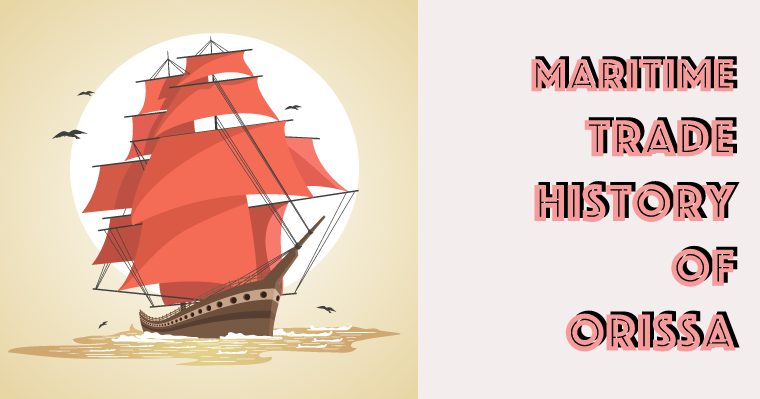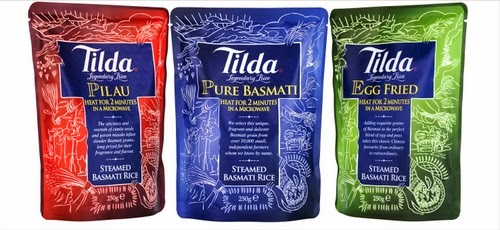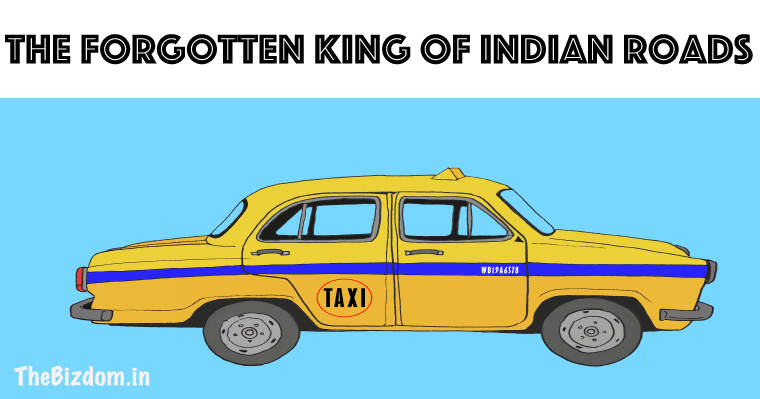4 min to read
Maritime Trade History of Kalinga

Indian western coast was trading with Arabs, Greeks & Romans, the eastern coast was doing this with South East Asia & China. A good maritime trade requires (a) inland water transport (b) coastal transport (c) overseas transport. From Maurya rule in 4th century B.C. till 15th C.
Kalinga provided all and thus was an important maritime kingdom which had seafaring activities. Trading in spices, diamonds, elephants, ivory, paper, betel nuts, fine textiles and fabrics. It was known as Calingae, Holing, Kiling in different languages. Kalinga kingdom was ruled by Mahameghavahana dynasty, Kharavela(193 to 170 B.C) their 3rd king was the most powerful. Under him, Maritime traded was going on with Simhala (Sri Lanka), Burma, Siam (Thailand), Kambhoj (Cambodia), Samudra (Sumatra) and Jabadwipa (Java) The bloody war with Asoka also forced the migration of the Kalingans to their trading locations. And, while Winner Write History made Asoka the Great Asoka, Kharavela was forgotten only to be reknown post-Hathigumpha Inscription. But a seed of Maritime trade was planted by him
The Hathi Connection
The Hathi Connection is quite interesting, today Srilanka is known for their Elephants, but for centuries Ceylon used to purchase elephants from India, mainly from Kalinga. Just like Goa, under the Portuguese, became a special port for the war horse-trade. Kalinga had ‘Gajapati’,’ lords of the elephants’ Vijayanagara armies had ‘Asvapati’.
Enigma of Dantapura
Their ancient Kingdom> was derived from elephant tusk, and NOT from Buddha’s tooth, as Asoka historians are telling you. And, did Thailand Elephants are also linked?
Kalinga seafarers (Sadhabas) used to do a 6 months journey in huge ‘Boitas’ boats <4 months in Sea and 2 months of Trading>. Starting from early Nov (Kartik Purnima) when the monsoon winds reverse from Cuttack (Mahanadi’s mouth place) stopping over at Andhra & Coromandal Coast. Soon, Kalinga had colonies in Siam, Burma and Suvarnadvipa constituting the Brihat Kalinga. The ancient name of Burma was Kalinga Rastra. Even today Kalinga is a landlocked province in the Philippines. But there was a much deep connect with Bali and Indonesia Râmâyana & Mahâbhârata were adopted and remain central in the shadow and dance theatre of Java, Bali. Sanskrit was gaining traction and had brought literacy to their courts. Dance Drama was classified as alus (refined), gagah (strong), and putri (female).
Soon after the Construction of Jagannath Temple at Puri in the 11th Century. Sri Jagannatha was been worshipped in Bali they have Besakih Temple on the slopes of Mount Agung . Balinese Hindu believe that on Purnama Ke Dasa all God’s come down to the earth and bless them with good spirits Baliyatra or Boita Bandana Yatra, was an oceanic Voyage to Bali from Cuttack. Today light lamps before sunrise and set them afloat on small paper boats in rivers or in the sea. Chandana yatra was perhaps introduced to impart marine training to local youths. A Cheng Ho Chinese explorer who was almost as tall as Vasco da Gama in his voyage expertise and navigational skills<14th C> Used to make a more frequent trips to Bengal (Peng-ka-la) & Orissa (Wu-tieh). Soon, Portuguese, Dutch, Danes and English would start their play. By 1540s, Portuguese came to Pipli Balasore>, as highlighted by @SSnalay Dutch, only recently free from Iberian rule with better maps Mercator and Ortilius also founded their first settlement at Pipli. Soon, ports of Palura, Sonepore Chilika & Gopalpur lost their importance.
Now, in 1633 EIC established their factory in Harishpur, and was granted free trade in Orissa during the reign of Aurangzeb. By 1803 Barabati Fort was occupied by them, pushing Marathas back. And an era of decline will start soon. Many Blame English for this as they were keener to develop ports of Bengal>. An alternative view is Natural factors like tectonic movement, coastal sedimentation, development of sand dunes in the navigational channels, change of river course, & cyclone played a crucial role.
Kalinga became Orissa
Ordras, the indigenous tribes who inhabited in Ordra, Kalinga & Utkala from the English form of the word ‘odisa’. And, in another renaming exercise, it was changed to Odisha in 2011.
Then, we have a Parsi connection also. In present-day Iran, there is a costal city Konarak Chabahar Port. They also have a now almost vanishes village named as Takhteh Puri in Gilan province.
Today their maritime traditions are preserved in the legends and cultural activities. The Tapoi festival in honour of Goddess Mangala, Khudarkuni Osha in the month of Bhadra and Boita Bandana were other such examples.
Blessings & grace of the Gods and Goddesses were often invoked for successful trading voyages. Such sea gods and goddesses were Baruna, Laxmi, Mangala, Kalijai, Narayani, Bhagabati, Gangamata, Ramachandi, Harachandi, Kondhoni, Biraja, Bhatarika, Taratarini, Basuli, Joginees, etc.
But, do the rest of India knows about this interesting Maritime trade linkage of Orissa. Do we know that Sri lanka had a Kalinga king Magha who died in 1255, making the road for Chola and Pandyan Kings?



